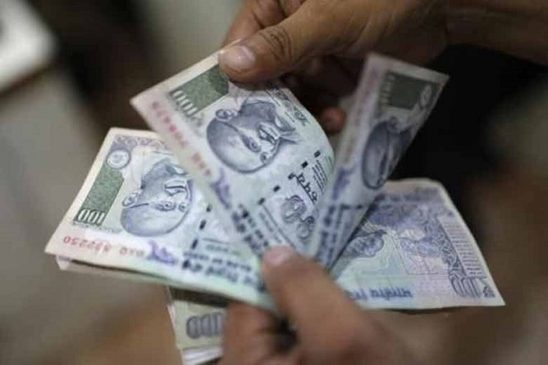Under EPF, both the employer and the employee contribute to a pool of funds. The contribution from both stands at a maximum of 12 per cent of the basic salary and dearness allowance (DA) of an employee.
Employee Pension Scheme (EPS) was launched in 1995, and it aims to help employees in the organised sector get a monthly pension post retirement. The Employees’ Provident Fund (EPF) scheme provides accumulation plus interest upon retirement, resignation, or death. There are also provisions for partial withdrawals, which are allowed for specific expenses such as house construction, higher education, marriage, illness, etc.
Read More: Will Budget 2024 Reduce Your Hospital Bills? Nirmala Sitharaman’s Strategy Explained
But how can you calculate the pensionable salary and the period of pensionable service?
Under EPF, both the employer and the employee contribute to a pool of funds. The contribution from both stands at a maximum of 12 per cent of the basic salary and dearness allowance (DA) of an employee. However, there is a difference in the utilisation of these shares. While the employee’s entire share is contributed towards EPF, for the employer, 8.33 per cent of the share goes towards the EPS and 3.67 per cent goes towards the EPF contribution each month.
The pension amount in the PF is dependent on the pensionable salary of the member as well as their pensionable service. The monthly pension amount of the pensions is thus calculated according to the EPS formula or the EPF pension calculation formula.
The formula is:
Member’s monthly pension = Pensionable salary X Pensionable service / 70
How to calculate pensionable salary?
According to the formula, the pensionable salary is considered to be the average of the monthly salary drawn by a member in the last 60 months before exiting the Employees’ Pension Scheme (EPS).
Read More: Confused about retirement planning? 5 steps to get you started
In case, there are any non-contributory periods in the last 60 months of the member’s employment, non-contributory days in the month shall not be considered, and the benefit for those days will be given to the employee.
If we take the example of a member taking up the job on the 3rd of the month, then their salary of 28 days will be divided according to the pay of each day, and then it will be multiplied by 30 in order to calculate the total monthly wage for the specific month.
So, if the member draws a salary of Rs 15,000, then the salary for the person will be Rs 14,000 for 28 days as Rs 500 would be reduced from two days.
However, for EPS, the monthly salary would be considered for all 30 days, which will be Rs 15,000.
Therefore, the maximum pensionable salary will be restricted to Rs 15,000 each month.
So, 8.33 per cent of this salary will be contributed into the employees’ EPS account, which will come out to be: Rs 15,000 x 8.33/100 = Rs 1,250
Read More: National Insurance Awareness Day 2024: How to choose the right insurance policy? Here are 4 tips
How to calculate pensionable service?
The employees’ actual service period is considered their pensionable service.
In case, the employment period is served under different employers, then all of it is added to calculate the total pensionable service period.
The employees also get a bonus of two years once they complete 20 years of service.
In a situation where the member withdraws the EPS corpus before completing the 10-year service period and joins another company, they will have to start from the beginning to contribute to the EPS account.
This means that the service period will also be set to zero at the start.
The pensionable service period is considered on a 6-month basis. The minimum pensionable service period under the scheme is 6 months. If the service period is 7 years and 2 months, then the pensionable service period considered is 7 years. However, if the service duration is between 7 years and 10 months, the pensionable service period is considered to be 8 years.





































